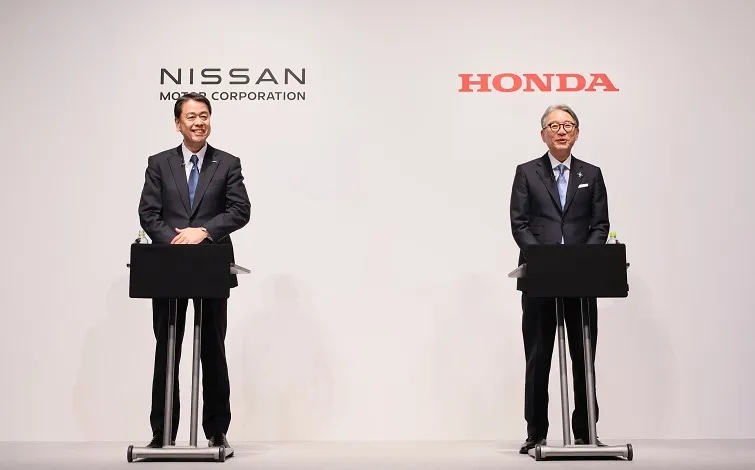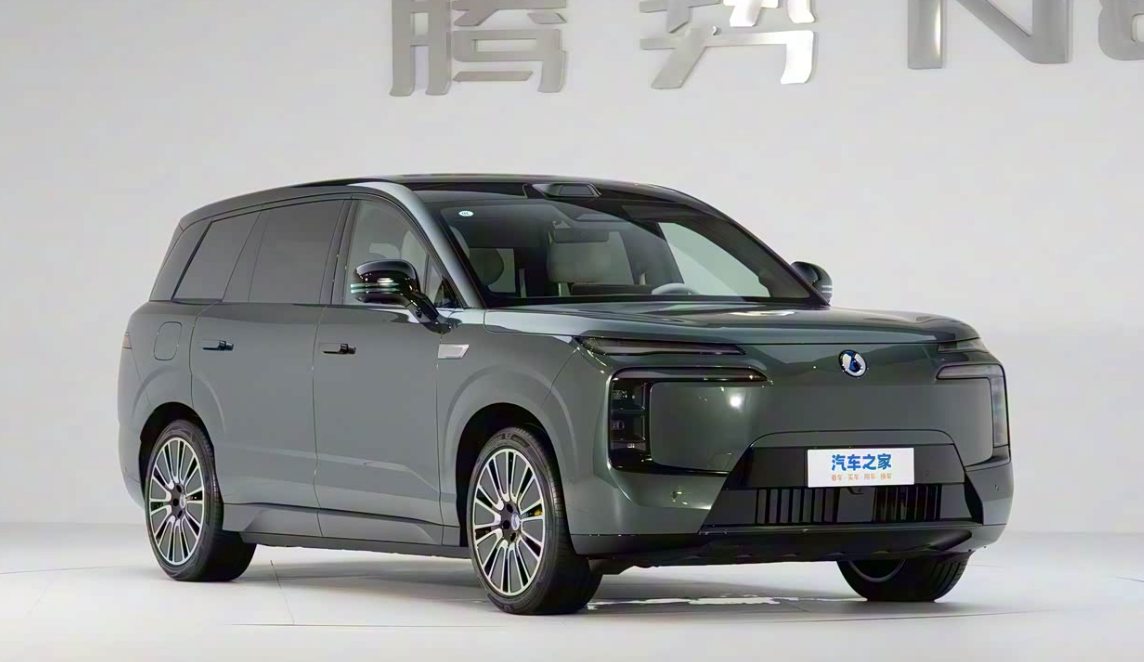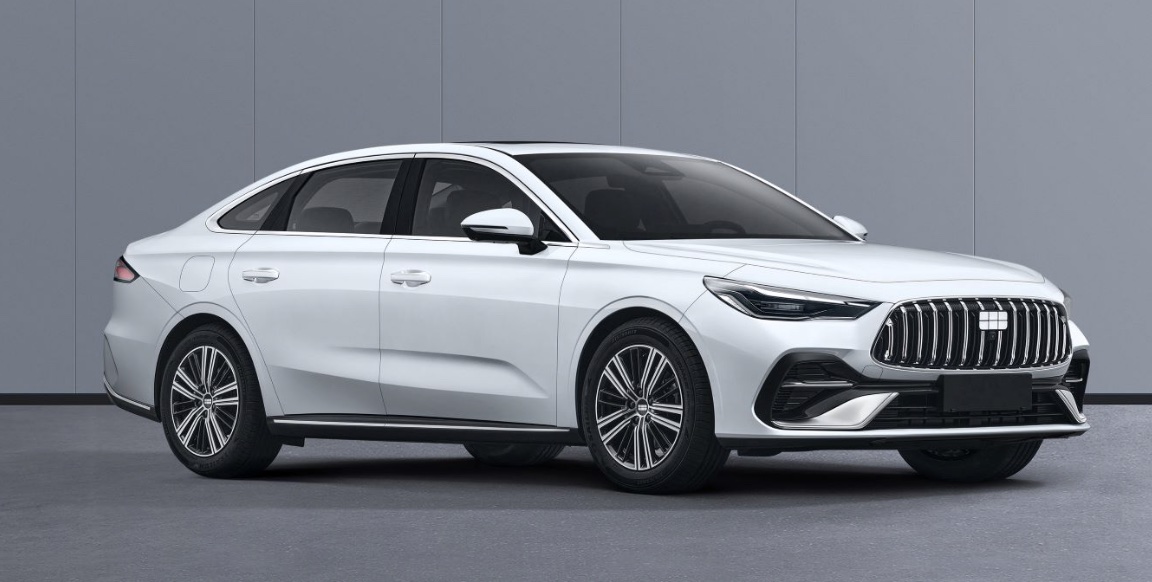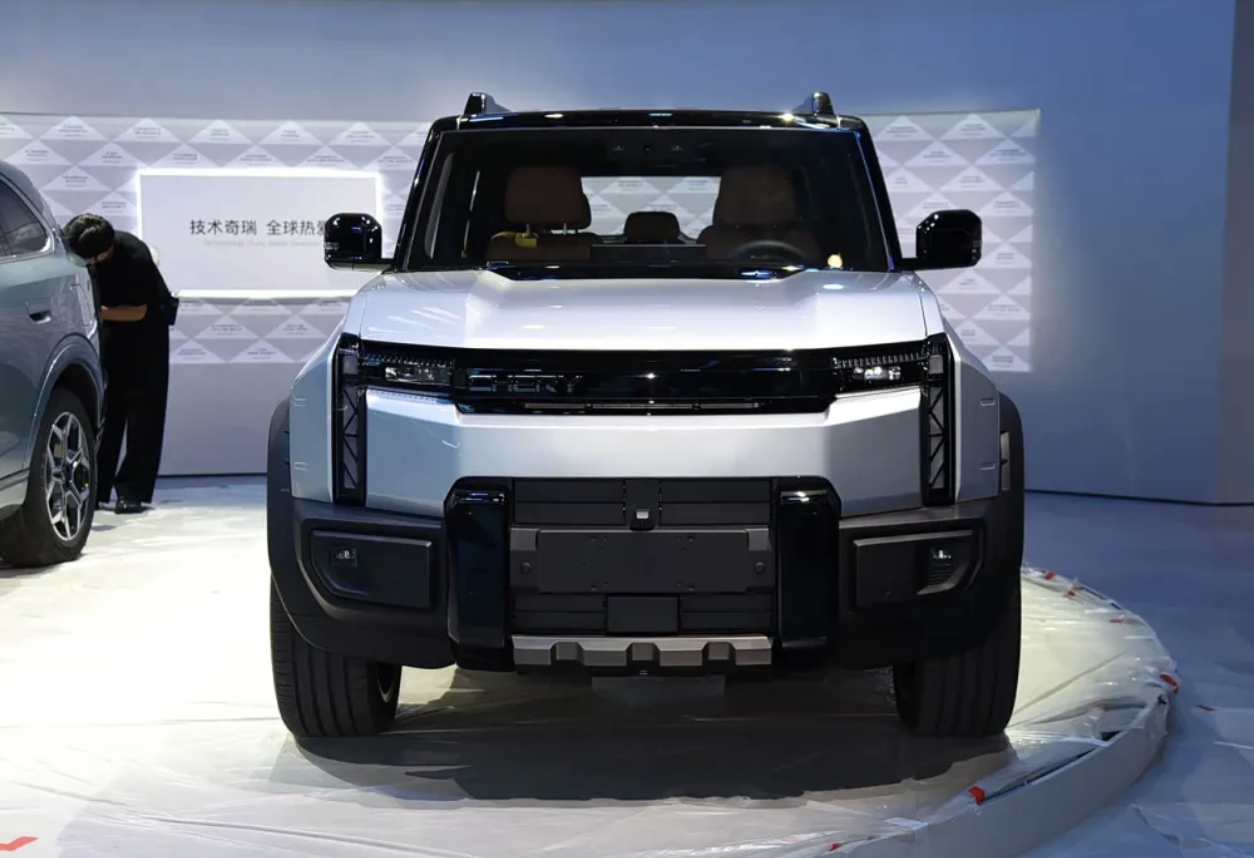March 15, Japanese automakers Nissan and Honda announced the signing of a memorandum of understanding to carry out comprehensive cooperation in the electric vehicle business, including joint purchasing, jointly developing power platforms, and standardizing spare parts. Nissan and Honda hope to achieve cost reduction through resource integration and enhance the competitiveness of electric vehicle products. However, the cooperation is still in its early stages, only a memorandum of understanding has been signed, and whether a final cooperation will be reached and the specific direction of cooperation still needs to be confirmed.
In the face of the complexity of the global auto market and the cooling down of demand for electric vehicles, Honda and Nissan are considering overcoming these challenges through cooperation, seeking to share R&D costs, accelerate the innovation of electric vehicle technology, and use economies of scale to reduce costs in order to more effectively respond to the competitive pressure in the global market.
In 2019, Nissan launched its first pure electric SUV, the ARIYA. Built on the CMF-EV platform, the ARIYA is seen as a representative product of Nissan’s electric transformation and plays an important role in Nissan’s electrification. However, this electric vehicle was not officially introduced into the Chinese market until 2022, when the competition in the Chinese electric vehicle market had already reached a white-hot stage. Coupled with its starting price of 272,800 yuan, this “landmark product” was sentenced to “death” after its launch. In 2023, it sold only 3,702 vehicles throughout the year, with a monthly sales volume of only around 300, far below Nissan’s expectations.
Honda’s development in electrification is not late either. As early as the 1990s, it launched the electric concept car EVX and mass-produced its first electric EV Plus. However, in the following decades, Honda’s efforts in the field of electrification were not significant. In the Chinese market, although Honda’s joint ventures also launched several pure electric models, the market response was flat. In October 2021, Honda China launched a new pure electric brand e:N and released five new models of the “e:N” series. The first two models launched, Dongfeng Honda e:NS1 and GAC Honda e:NP1, are seen as symbols of “fully entering a new era of electrification.” However, at this time, the Chinese auto market has undergone tremendous changes. Also, due to the high market pricing and the inability to leave a deep impression on consumers whether it is brand positioning or technological configuration, these two electric vehicles were eventually abandoned by the market. In 2023, the sales of e:NP1 were 4,502 vehicles, and e:NS1 was 10,562 vehicles.
Currently, Japanese cars in the Chinese market are completely powerless against local electric vehicle brands, not just electric vehicles. In 2023, Qin PLUS sold a total of 434,200 vehicles, surpassing Sylphy’s 376,100 vehicles and Lavida’s 345,900 vehicles. After the Spring Festival of the Year of the Dragon, BYD took the initiative to launch an attack on joint-venture fuel vehicles, shouting the slogan of “electricity is cheaper than oil.” The Qin PLUS, which is only priced at 79,800 yuan, directly upset the “tables” of Sylphy, Lavida, and Corolla. Since then, more and more new energy brands have followed BYD’s price reduction, triggering a new round of price reduction trend, putting great pressure on joint-venture automakers. They had to follow the market to reduce prices, but even so, it was difficult to reverse the market situation.
Japanese automakers led by Toyota have always advocated that reducing carbon emissions is not just about pure electric vehicles. Hybrid and hydrogen fuel should also be given equal attention. However, the success of electric vehicle companies such as Tesla and BYD in the Chinese market has raised doubts about this development path.
In fact, Japanese brands also do not want to develop electric vehicles. In April 2022, Honda announced that it would invest 5 trillion yen in ten years for the research and development of electrification and software technology. By 2030, Honda globally will launch 30 pure electric vehicles with an annual output of more than 2 million vehicles. While Nissan stated in Nissan Ambition 2030 that by the fiscal year 2030, it will launch 27 electric vehicles globally, including an electric vehicle designed specifically for the Chinese market.
The strategic adjustment of Nissan and Honda in the Chinese market will be a long-term process. With the continuous progress of electric vehicle technology and the change of consumer demand, both companies need to constantly explore and adapt to new market trends while maintaining competitiveness. Whether by adjusting production capacity or strengthening the layout in the field of electric vehicles, Nissan and Honda both face the challenges and opportunities of transformation.



